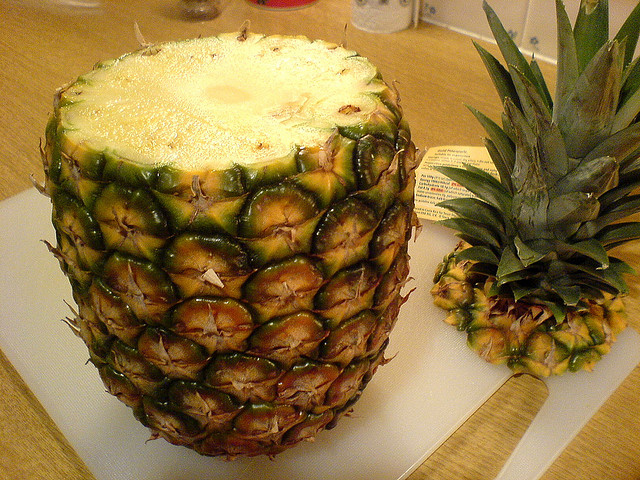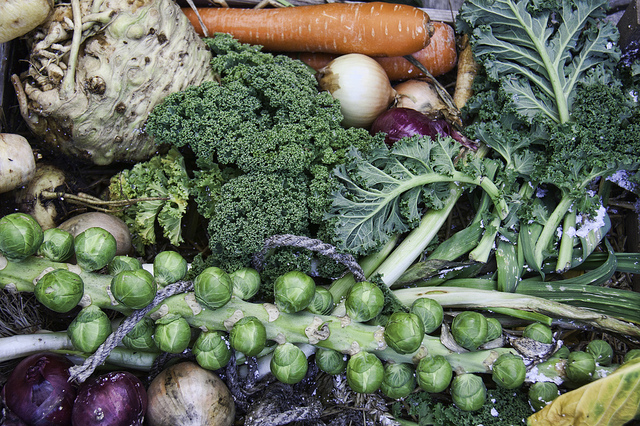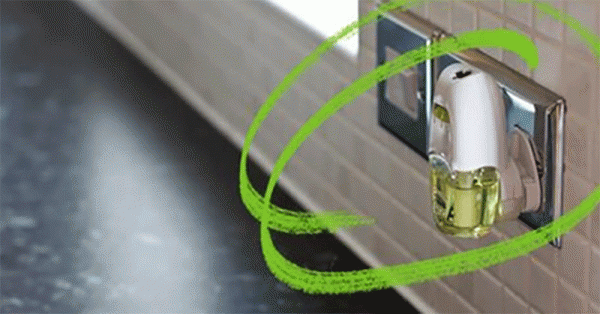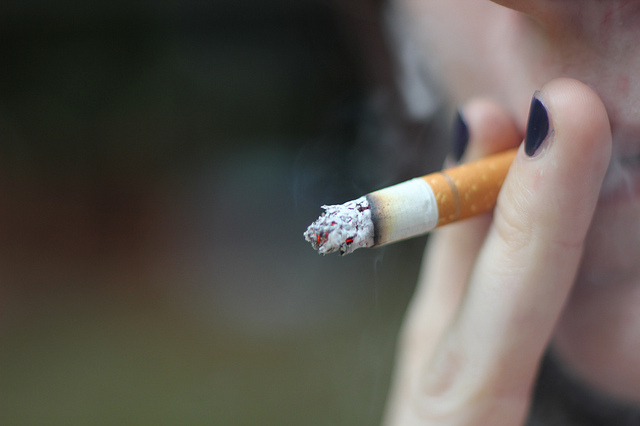Pop quiz: which is more polluted, indoor air or outdoor air? 10 times out of 10, indoor air in your house, office or apartment is going to be worse than the air outside. Indoor air pollution has been ranked among the top 5 greatest risks to public health by the EPA, and stagnant indoor air allows pollutants to build up and stick to the things inside of your home.
The things in our homes emit some nasty toxic chemicals like formaldehyde for example. You can also be impacted by pollutants like pollen, bacteria, mold, and various outdoor contaminants that find their way inside.
Fortunately, houseplants can help us solve some of these air quality issues. Even if you don’t have a green thumb, these houseplants are basically impossible to kill. Let’s check them out!
1. Garden Mum
This plant was found by NASA to be a real air-purifying beast. It removes ammonia, benzene, formaldehyde, and xylene from your home’s air. It’s popular and inexpensive, plus they can be planted outside too.
2. Spider Plant
Spider plants are incredibly easy to grow, so if you’re a beginner, this is a great one to start with. It lights bright, indirect light and sends out shoots with flowers on them that will eventually grow into baby spider plants that you can propagate yourself. Before too long, you’ll have more spider plants than you’ll know what to do with.
3. Dracaena
There are over 40 kinds of dracaena plants, which makes it easy to find the right one for you. They remove benzene, formaldehyde, trichloroethylene, and xylene from the air. They are toxic to cats and dogs though, so if you have pets, you might want to think twice about this one.
4. Ficus
Ficus trees are a favorite of mine as they are able to grow quite large depending on the type of pot you have them in. They typically stand between 2 and 10 feet tall and have some serious air cleaning abilities. You can also keep it outside in the spring and summer. The ficus removes benzene, trichloroethylene and formaldehyde from indoor air.
5. Peace Lily
Not only does the peace lily send up beautiful flowers, but they’re impossible to kill and have great air cleaning abilities. They flower through most of the summer and prefer shady spots with moist but not soggy soil. It removes ammonia, benzene, formaldehyde and trichloroethylene.
6. Boston fern.
This plant likes cool locations with high humidity and indirect light. Bathrooms are a perfect spot for these little friends. They remove pollutants like xylene and formaldehyde from indoor air.
7. Snake Plant/Mother-in-law’s Tongue.
I see this one all over the place in offices and restaurants – and for good reason. They’re pretty much impossible to kill. They need water only occasionally and prefer drier conditions. They don’t need much direct sunlight either. They remove benzene, formaldehyde, trichloroethylene and xylene from indoor air.
8. Bamboo Palm
Bamboo palms are most effective at filtering formaldehyde. They thrive in full sun and bright light. They grow as high as 12 foot too, making them an incredible presence indoors. They remove benzene, formaldehyde and trichloroethylene.
9. Aloe Vera
Aloe is a multi-use plant for sure. It has health benefits when consumed in smaller amounts, helps relieve burns, and cleans your indoor air as well. It removes formaldehyde effectively from indoor air.
Image credit: F. D. Richards, Flickr















